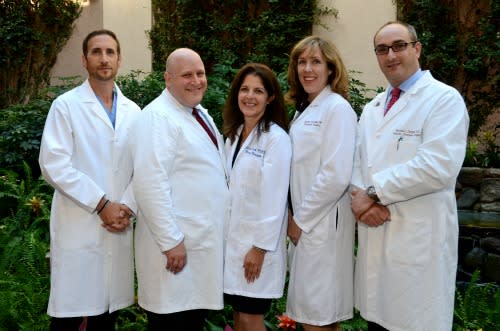5 Facts About Lung Cancer
Published: November 01, 2021l
You already knew smoking is the number one cause of lung cancer. But do you know about these other, more surprising facts about lung cancer?
It’s time to survive! With better treatments and safer surgery, more Americans than ever are alive and thriving after being treated for lung cancer. There are many treatments for lung cancer, as well as clinical trials and emerging surgical techniques.
Cutting-edge scientific discoveries in lung cancer have led to three Nobel Prizes, thanks to these brilliant individuals.
Lung cancer screening, critical for early cancer detection, is just as important as colonoscopies and mammograms. Screening is performed with a 20-second painless CT scan which requires no needles or medications. It is recommended for heavier smokers between 50 and 80 years old who are either still smoking or used to smoke or have at least a 20 "pack-year" history of smoking, which means they smoked one pack of cigarettes per day for 20 years or two packs a day for 10 years. Talk to your primary care physician to understand if screening is right for you.
Smoking is the leading risk factor for lung cancer, but there are others. Radon exposure, job history, and family history all play a role. Fairfield County has one of the highest radon risks in the United States. Talk to your doctor to understand your lung cancer risk beyond smoking.
Take charge of reducing your risk for lung cancer by quitting smoking, getting screened if appropriate, and talking to your doctor if you have lung cancer signs such as cough, shortness of breath, or chest pain. Convince your loved ones to quit smoking. (And no, vaping isn’t good for you either.)
Do you qualify for lung cancer screening? Talk to your primary care doctor. Ready to quit smoking? Take the first step and Commit to Quit.
1. There are more lung cancer survivors now than ever.
It’s time to survive! With better treatments and safer surgery, more Americans than ever are alive and thriving after being treated for lung cancer. There are many treatments for lung cancer, as well as clinical trials and emerging surgical techniques.
2. Thank these pioneers for new discoveries and more hope for humanity.
Cutting-edge scientific discoveries in lung cancer have led to three Nobel Prizes, thanks to these brilliant individuals.
- CT scans — All the way in Johannesburg, South Africa, Godfrey Hounsfield and Allan MacLeod Cormack won the Nobel Prize for developing CT scans in 1979—ultimately the basis for modern-day, low-dose CT lung cancer screening, the same type of screening offered through Stamford Health’s award-winning lung cancer screening program.
- Multiple new medications — Rita Levi-Montalcini (Italy) and Stanley Cohen (U.S.) won the Nobel Prize in 1986 for discovering epidermal growth factor receptors, a target on the surface of some cancer cells forming the basis for effective alternatives to chemotherapy.
- Breakthroughs in tumor immunology — More recently, in 2018, James Allison and Tasuku Honjo won the Nobel Prize for understanding tumor immunology which stimulates the immune system to attack cancerous cells. This has led to a whole new class of anticancer medications offered through immunotherapy.
3. Early detection leads to better lung health.
Lung cancer screening, critical for early cancer detection, is just as important as colonoscopies and mammograms. Screening is performed with a 20-second painless CT scan which requires no needles or medications. It is recommended for heavier smokers between 50 and 80 years old who are either still smoking or used to smoke or have at least a 20 "pack-year" history of smoking, which means they smoked one pack of cigarettes per day for 20 years or two packs a day for 10 years. Talk to your primary care physician to understand if screening is right for you.
4. There are other risk factors.
Smoking is the leading risk factor for lung cancer, but there are others. Radon exposure, job history, and family history all play a role. Fairfield County has one of the highest radon risks in the United States. Talk to your doctor to understand your lung cancer risk beyond smoking.
5. You can take charge of your lung health.
Take charge of reducing your risk for lung cancer by quitting smoking, getting screened if appropriate, and talking to your doctor if you have lung cancer signs such as cough, shortness of breath, or chest pain. Convince your loved ones to quit smoking. (And no, vaping isn’t good for you either.)
Do you qualify for lung cancer screening? Talk to your primary care doctor. Ready to quit smoking? Take the first step and Commit to Quit.
Featured Expert/ Author
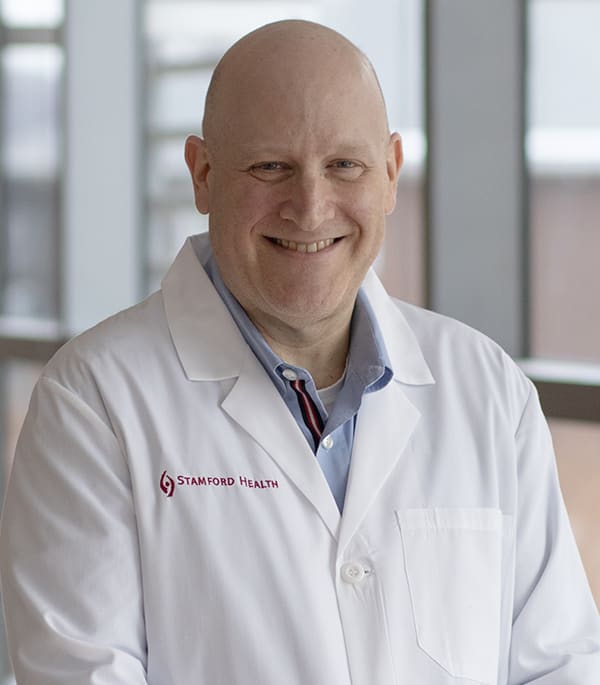
Stamford Health Medical Group Member
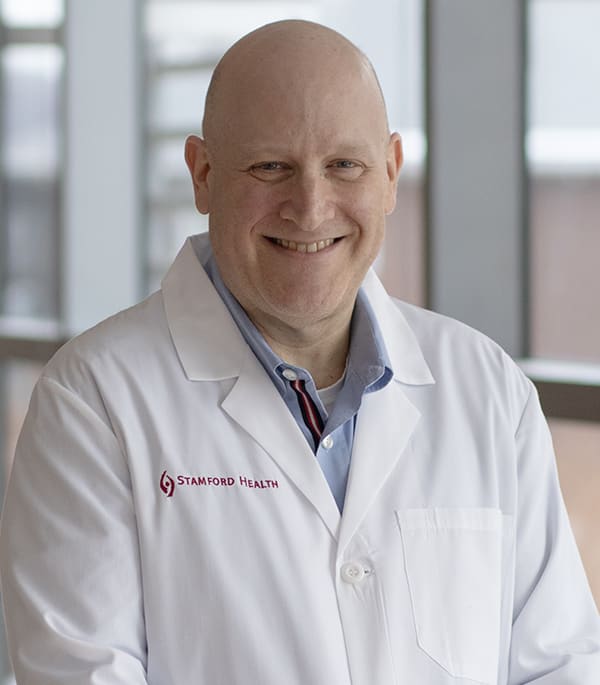










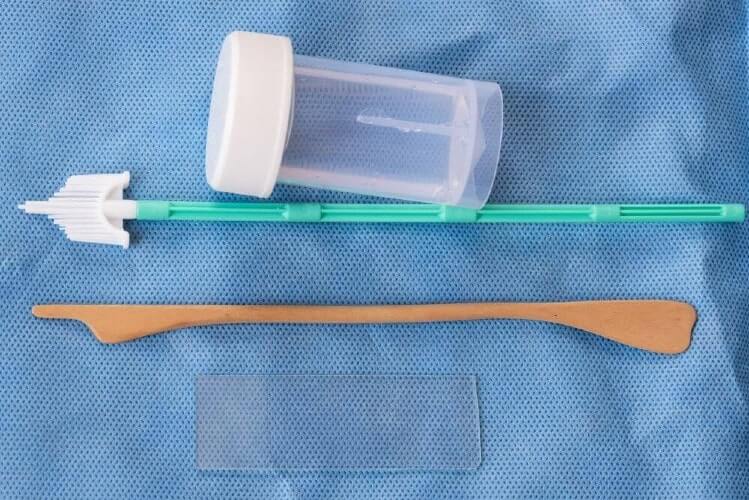











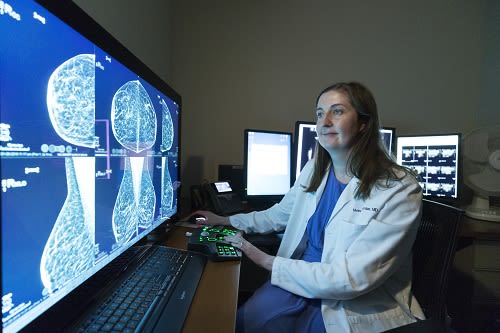

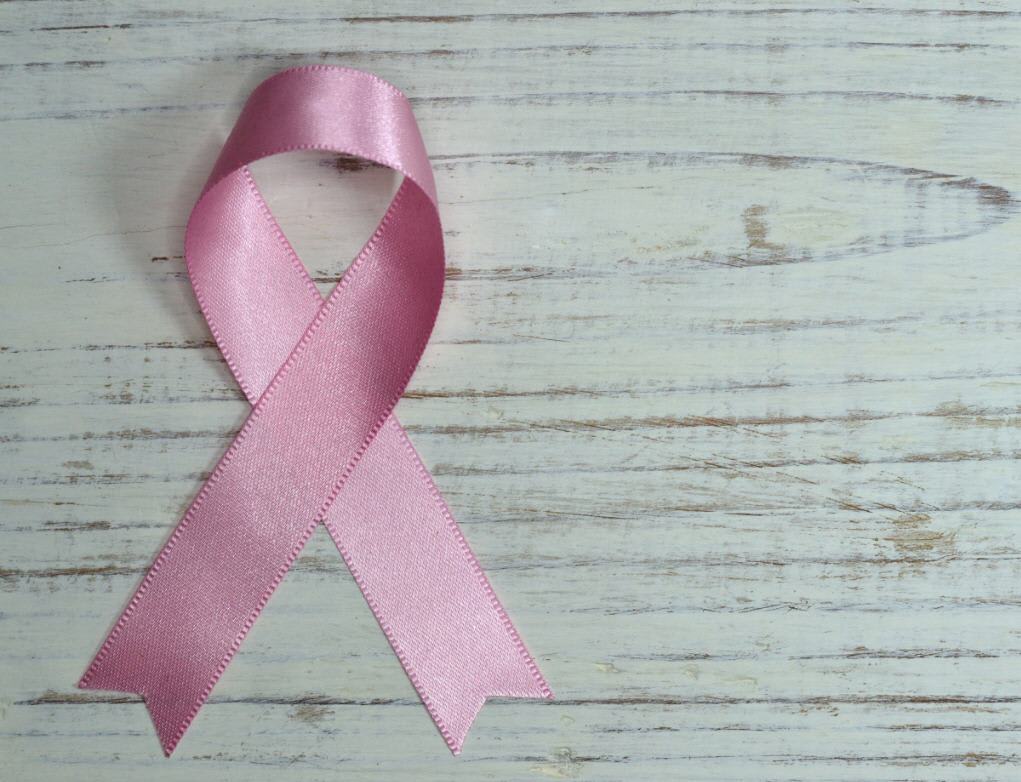
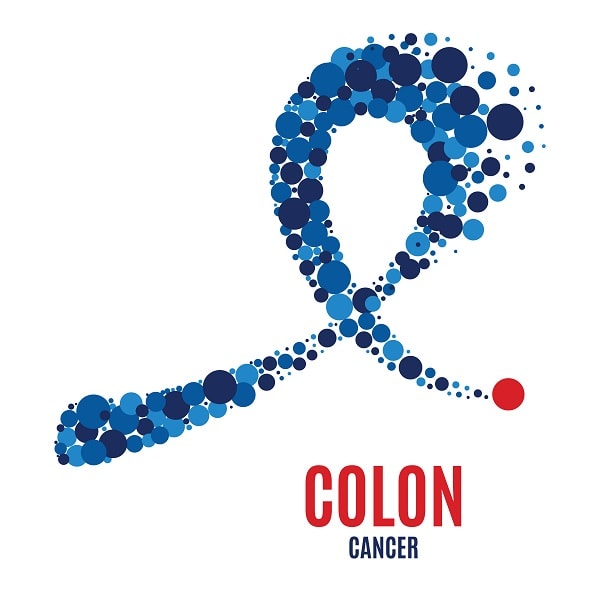

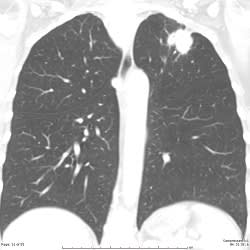
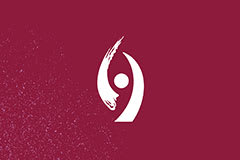




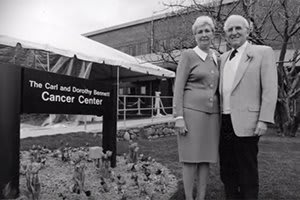

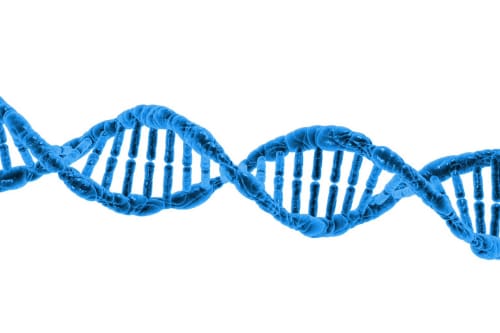

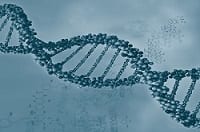
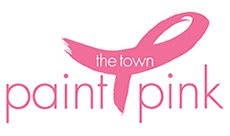


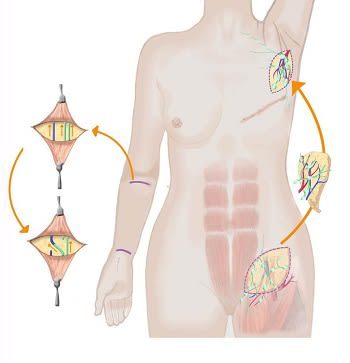




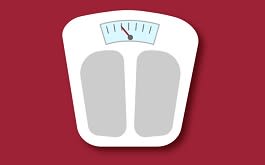

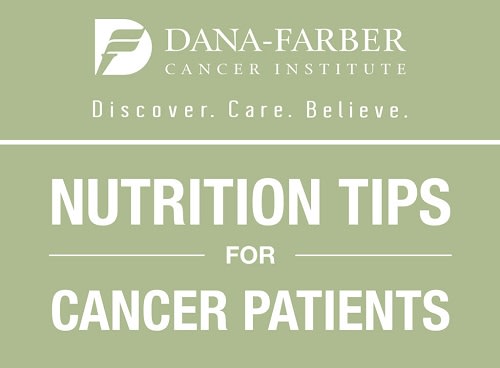











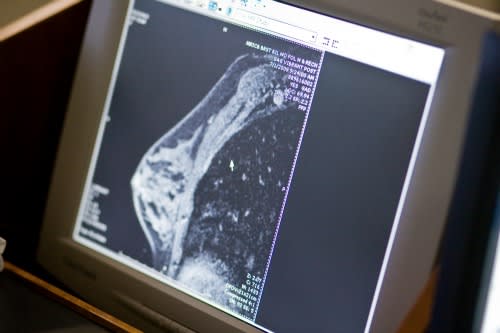

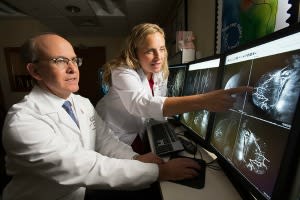


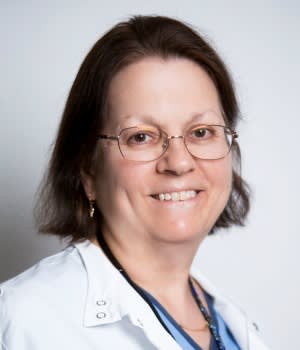



)


)

)
)



